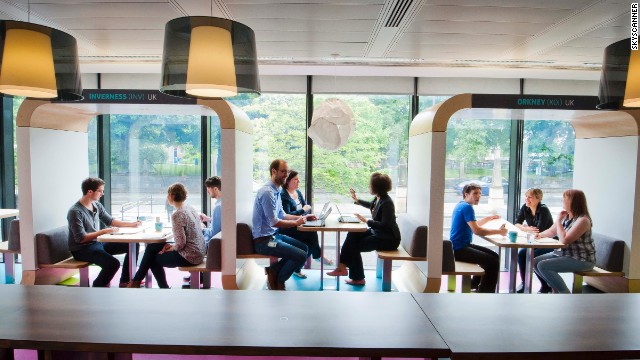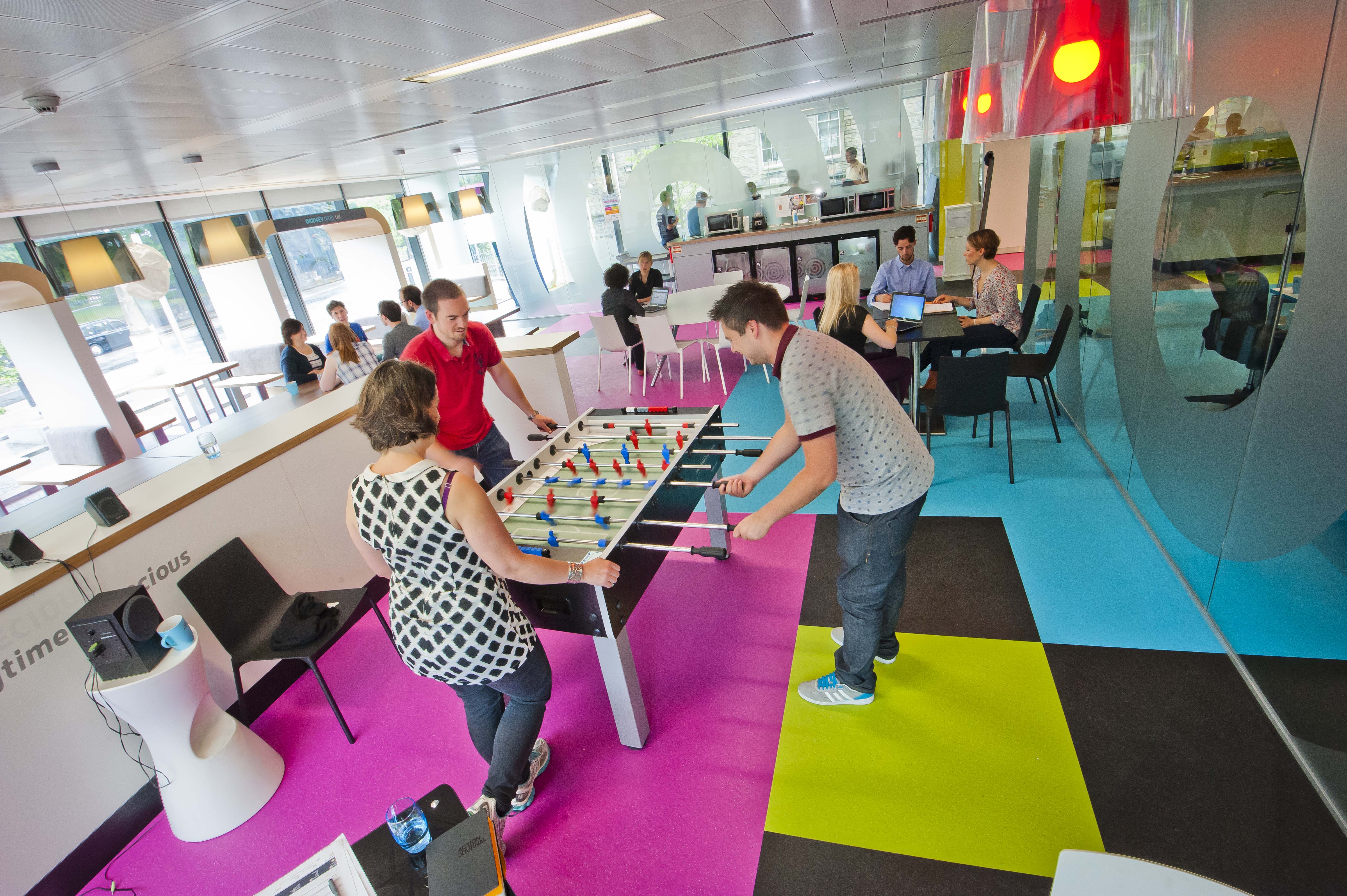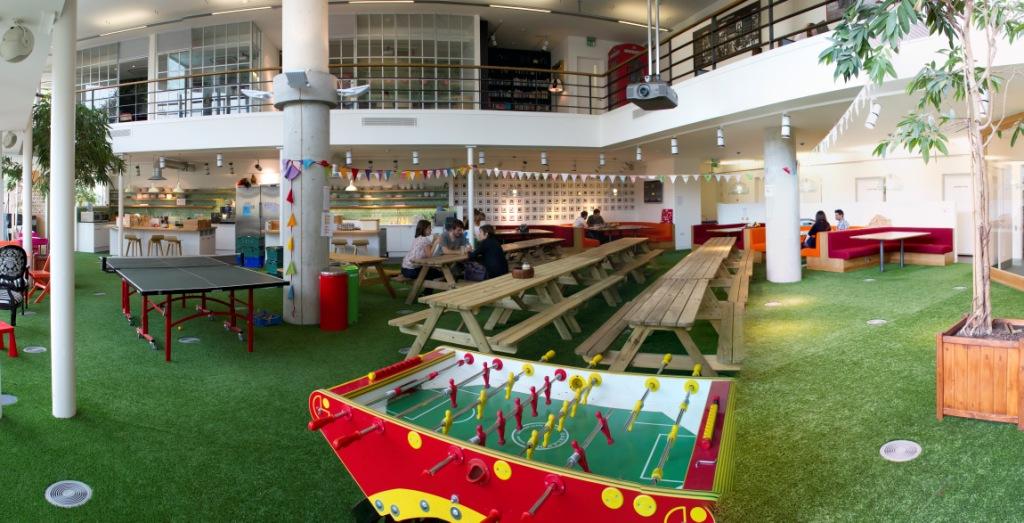0800 011 4531
Call FREE: Mon-Thu: 08:30-17:00 Friday: 08:30-16:00

It’s a fair statement to make that everyone’s different, and each person has their own unique working style. Why, then, have businesses traditionally forced employees into a uniform environment, expecting them to thrive? In truth, the traditional office environment is a flawed idea born out of tradition. Everybody works differently - some people thrive in a social environment, while others need peace and quiet to excel. Unfortunately, many offices today are either open plan or designed as individual private work rooms, meaning that employees are forced to work in an environment which could be hindering their performance.
There is extensive research suggesting that our environment affects our mood and ability to work effectively. Therefore, office zones such as a ‘creativity suite’, ‘library’ and ‘social zone’ could significantly improve employee satisfaction and performance. These flexible working environments ensure that employees maintain productivity levels, and can move from space to space depending on their needs or preferences. A study by Sheffield Hallam University into office environments supports the argument for flexible office spaces:
 Image Courtesy of Skyscanner
Image Courtesy of Skyscanner
“There is clearly a requirement for space to support both individual and collaborative work styles - this type of office worker requires the office environment to be adaptive. Effectively, this means an office environment that has a range of different settings, which allows the worker to move around and match the office space to meet their specific needs” (Barry H. 2008) Featured Expert: Commercial interiors specialists - Area Sq of the FourFront Group specialise in flexible office design. CMG asked Area Sq to deliver a collaborative workspace– bringing together their business into one space. Formal and informal meeting areas, as well as two break areas, were created to bring teams together throughout the offices and enhance wellbeing and communication.
Advancements in technology have vastly changed the way we work today. Wireless networks and mobile work stations, such as tablets and laptops, are becoming standard around the world - meaning that employees are no longer tied to their desks. The freedom that the internet has created now means that people are able to work practically anywhere. Corporate culture is beginning to change, as managers and business owners realise that it doesn’t matter where the employee is working, as long as the work is being done.
Not only are businesses benefitting from a higher standard of work, due to employees being able to work in their preferred environment, but flexible offices have also proven to offer huge cost savings. Traditional office furnishings such as desks and bullpen dividers are a big expense, especially for new or expanding businesses. Flexible environments with varied furnishings, lounge areas and collaborative multi-functional spaces are not only cheaper to furnish, but could potentially mean higher profits due to increased employee motivation and productivity. Flexible environments also offer more room for growth, as spaces can easily be adapted to changing needs - with many businesses knocking down the walls, as open-plan collaborative environments require far fewer square feet per employee than traditional private offices.
More and more businesses are now embracing the benefits of a flexible working environment, with a clear trend towards these multi-functional spaces emerging in new office design. The flexible office is the way forward for organisations to improve productivity. Creative industries have trail-blazed the flexible office initiative - perhaps to an extreme - with forward-thinking organisations such as Innocent drinks leading the way. Dubbed ‘fruit towers’, Innocent’s HQ features AstroTurf floors, picnic benches and even a beer garden - for when workers want to find some inspiration away from their desk.
 Image Courtesy of Innocent Drinks
Image Courtesy of Innocent Drinks
